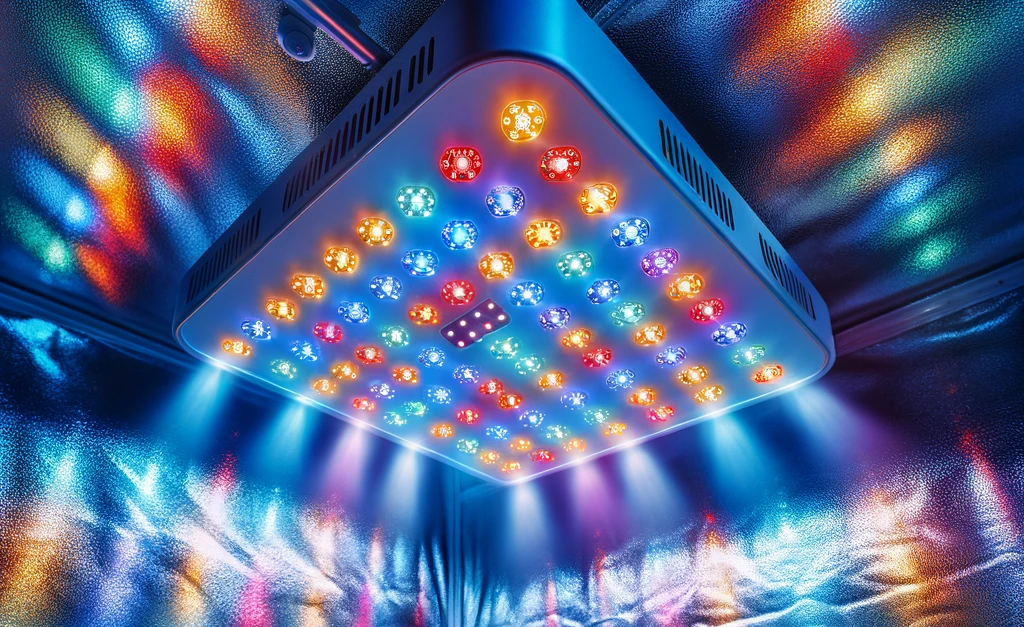LED
Benefits and Negatives of LED Grow Lights
LED (Light Emitting Diode) grow lights have become increasingly popular for both commercial and hobbyist indoor gardening due to their energy efficiency and light spectrum versatility. Here are the benefits and negatives of using LED grow lights:
Benefits of LED Grow Lights
-
Energy Efficiency: LED lights are more energy-efficient than traditional grow light systems like HPS or fluorescent lights. They produce more light per watt, which can lead to lower electricity bills.
-
Long Lifespan: LEDs have a much longer lifespan compared to traditional grow lights. They can last for 50,000 to 100,000 hours or more, which means less frequent replacements and lower long-term costs.
-
Customizable Spectrum: LED grow lights can be designed to emit only the light spectra that plants need for photosynthesis. This allows for customized light recipes that can improve plant growth, flowering, and fruiting.
-
Less Heat Output: LEDs produce significantly less heat than HPS or metal halide lights. This reduces the need for cooling systems in the grow room, lowering energy use and minimizing the risk of heat stress on plants.
-
Compact and Versatile: LED grow lights are available in various sizes and shapes, making them suitable for a wide range of growing environments, from small indoor gardens to large commercial greenhouses.
-
Improved Plant Growth: With the ability to tailor the light spectrum to the specific needs of the plant, LEDs can lead to faster growth, higher yields, and improved quality of the plants.
Negatives of LED Grow Lights
-
Higher Initial Cost: The upfront cost of high-quality LED grow lights can be higher than traditional lighting systems. However, their longer lifespan and lower operating costs can offset this over time.
-
Technology and Quality Variability: The LED grow light market includes a wide range of products, from very high-quality lights to those that may not deliver on their promises. It requires research to find the best options.
-
Learning Curve: Optimizing LED light spectrums and intensities for different plants and growth stages can be complex. It may take time and experimentation to achieve the best results.
-
Potential for Light Stress: If not used correctly, the high intensity and specific wavelengths of LED lights can cause light stress or bleaching in plants. This requires careful management of light intensity and exposure duration.
In summary, while LED grow lights offer numerous advantages in terms of efficiency, spectrum customization, and heat management, their higher initial cost and the need for careful management are considerations that growers need to take into account. Their benefits often outweigh the negatives, especially for those committed to optimizing their indoor growing operations over the long term.

